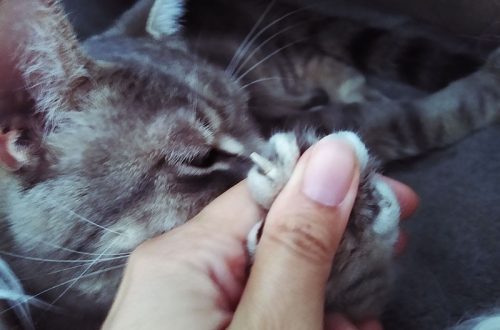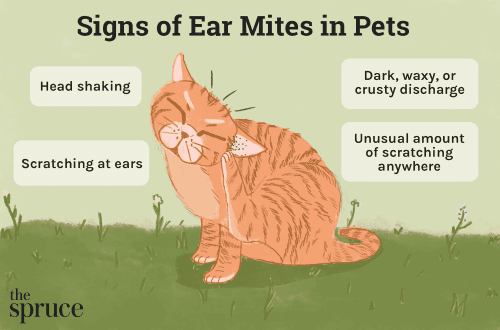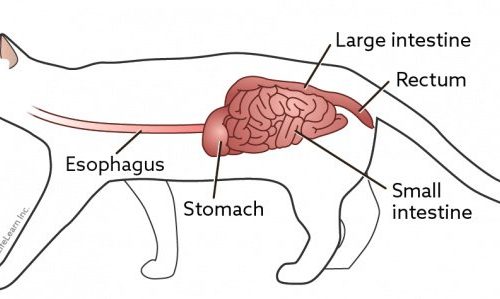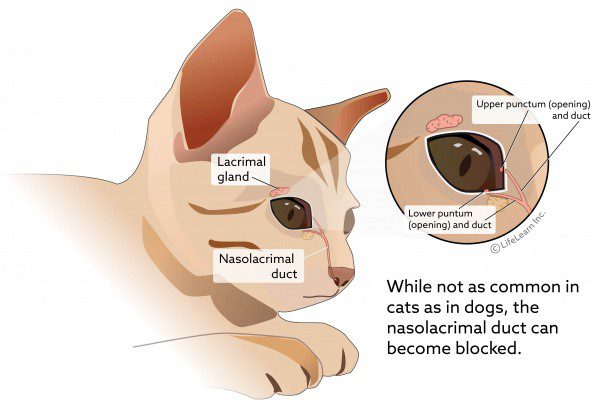
Brown eye discharge in cats
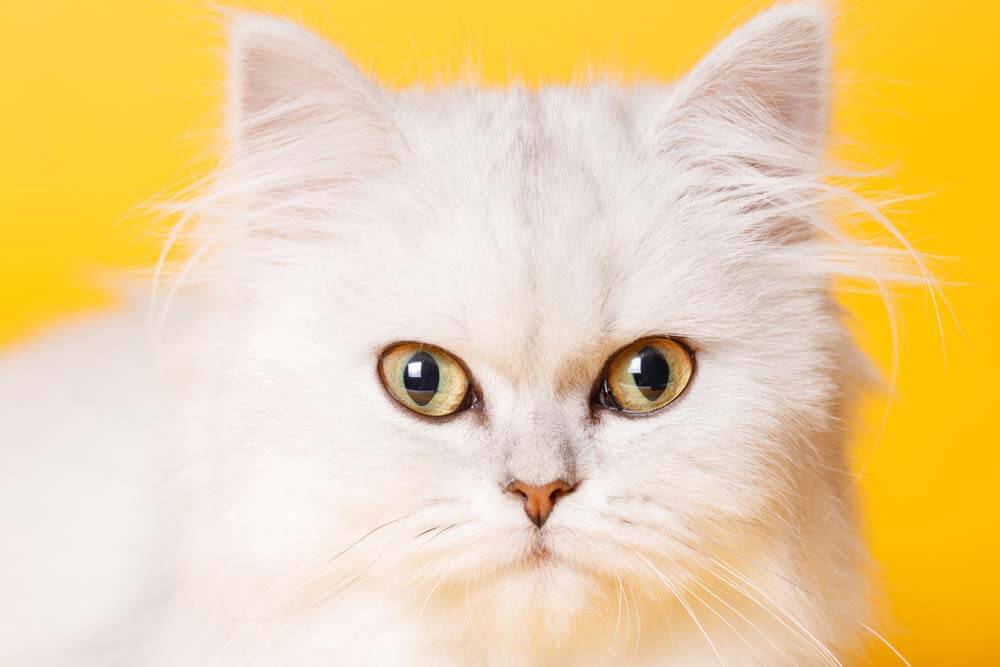
Contents
When is eye discharge normal?
Normal eye function is impossible without tears. It consists of two main components – water, produced by the lacrimal glands, and mucus, which is secreted by the meibomian glands located at the edges of the eyelids. Its main function is to cleanse and disinfect the eye. Further, excess tears go to the lacrimal openings located on the inner corner of the eye, so during the day or night, the remnants of dirt and tears can accumulate there.
If a cat has watery eyes in a meager amount of brown, clear or white discharge, this indicates a lack of hygiene and is considered a variant of the norm. It is often found in young cats, as they do not wash themselves much. Everything will pass when they grow up.
Dark discharge from the eyes is considered normal in cats with a white coat color, overly emotional, as well as those who spend a lot of time in a dusty room. Stress, active purring, fear or other vivid emotions in an animal provoke the active work of the lacrimal and salivary glands, so the discharge is more abundant.
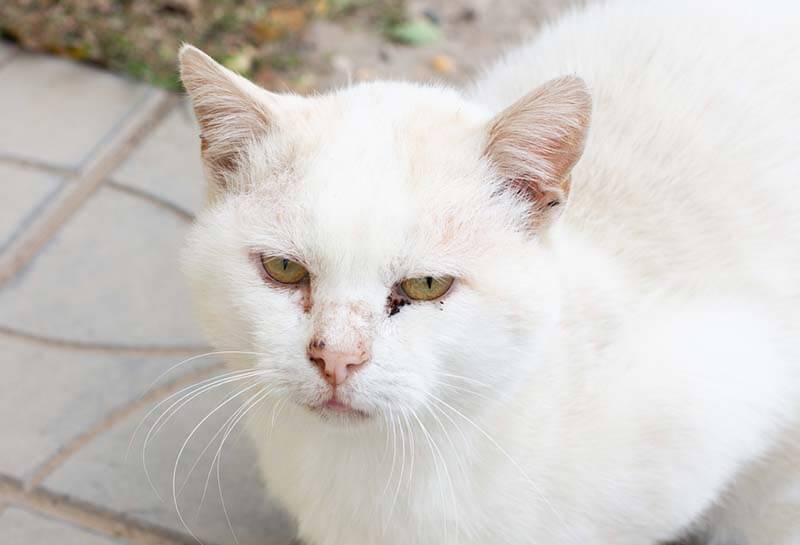
Causes of brown eye discharge in cats
A large amount of brown discharge from the eyes of a cat indicates the development of an inflammatory process, which is accompanied by an increased release of tears. In the tear of mammals there is a special component – porforin, upon contact with oxygen, it oxidizes and acquires a red-brown hue.
Depending on the localization of the inflammatory process, the causes of discharge are as follows:
Blockage of the nasolacrimal ducts
The nasolacrimal ducts are thin tubes that run under the skin from the inner corner of the eye into the nasal cavity. Their function is to dispose of excess tears. If too much dust, dirt, mucus gets into the channels, then a blockage occurs. Excess tears and the secretions that it normally washes away begin to accumulate in the inner corner of the eye. Medications are powerless here, it is necessary to mechanically clean the channels by washing.
Atresia of the lacrimal openings
The lacrimal openings are the beginning of the nasolacrimal ducts. They are located on the upper and lower eyelids of the inner corner of the eye. Atresia – fusion or congenital non-development of the lacrimal openings. Often this problem occurs in young individuals. Then the kitten from a very early age may have brown discharge from the eyes and profuse lacrimation. For treatment, it is necessary to surgically repair the lacrimal openings, if possible.
Viral diseases of cats
The most common viral diseases that cause eye inflammation are herpes and calcivirus infection. These viruses infect the mucous membrane of the eyes (conjunctiva), nose, and gums. If the disease is in a chronic form, then the main symptom is the appearance of brown discharge from the cat’s eyes. Most often, after the disease, it persists and remains a cosmetic defect for life. Associated symptoms may include gum disease, severe bad breath, sneezing, and snot.
Diseases of the skin of the eyelids
Blepharitis (inflammation of the skin of the eyelids), meibomitis (inflammation of the glands at the edges of the eyelids) can also cause heavy discharge. They are included in the group of dermatological (skin) diseases, their causes can be – allergies, parasites, fungal infections. In addition to local treatment of the skin, it is important to find the underlying disease, otherwise the symptoms will recur and worsen.
Uveit
The inside of the eye is lined with vessels, like a cobweb. This is his vascular membrane. If a foreign agent (bacteria or viruses) enters the vessels, inflammation begins. This disease is called uveitis. The condition is very dangerous, if left untreated, it can lead to blindness. The first symptoms can be – tearing, dark discharge, squinting or frequent blinking, cloudiness, change in eye color.
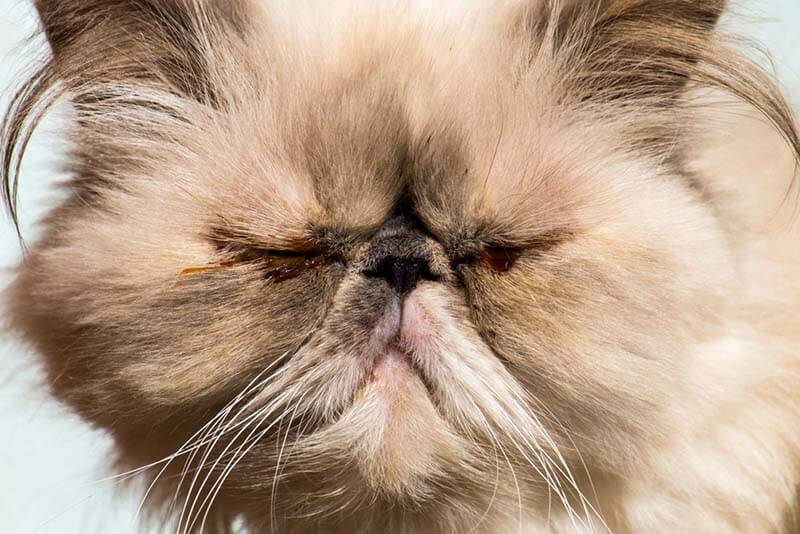
Diagnostics
It is unlikely that a non-specialist will be able to find the cause of brown discharge from the eyes in a cat. It can be diagnosed only at an appointment with an ophthalmologist.
He will first examine the eyes, assess the external structures, including the presence of lacrimal openings.
The following are ophthalmic tests:
Jones test 1
Dye is dripped into the eyes, it stains the tear. Wait a few minutes and evaluate if the stained tear came out of the nose. If not, we can talk about blockage of the nasolacrimal ducts.
Measurement of intraocular pressure (IOP)
A special device (TONOVET tonometer) measures pressure and evaluates performance. The norm of IOP for cats is 10-20 mm. When the indicators are lower, these are signs of uveitis.
Ophthalmoscopy – a study in which a special device (ophthalmoscope) examines the fundus and blood vessels. The device has a light device and a lens. Through the pupil, they shine on the back of the eye and examine it, determining signs of inflammation.
To detect the presence of viruses, swabs are taken from the eye for PCR diagnostics. In laboratories, there are special ophthalmological profiles of PCR studies, which include viral diseases of cats that cause inflammation of the eyes. One flush can be analyzed for how many viruses.
If skin lesions are visible during examination, they are studied in detail for the presence of parasites, fungi and bacteria. It is also recommended to visit a dermatologist.
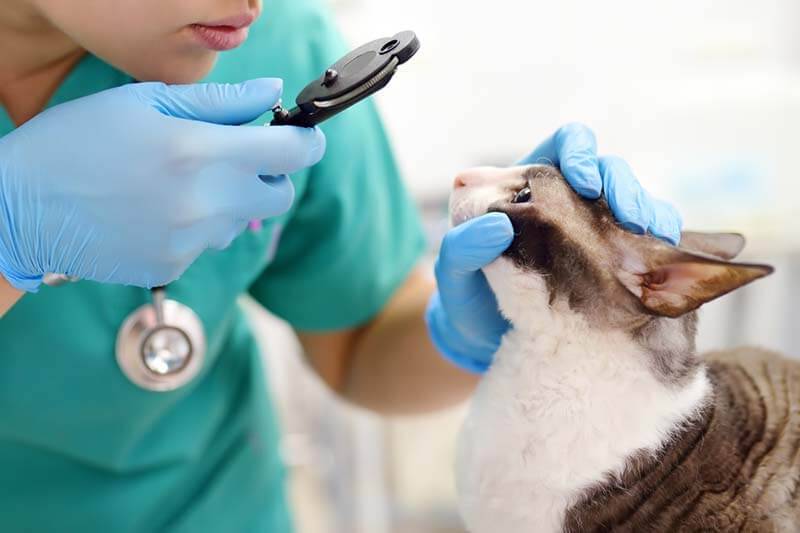
Treatment
First of all, it is important to determine whether discharge from the eyes of a cat is a lack of hygiene or a disease. In the first case, treatment and a doctor’s appointment are not required, and in the second, on the contrary. Previously, you can observe the condition of the pet at home.
When a cat just has dirty eyes and no other complaints, start devoting more time to her hygiene. Purchase a veterinary lotion or simply soak a cotton swab in warm water and wipe your eyes as they get dirty from the outer corner to the inner. Use a new swab for each eye. If you remove secretions 1-2 times a day from a young individual, you need to wait for sexual maturity – 7-10 months. Most likely, the hygiene problem will pass, as the animal will begin to wash itself more.
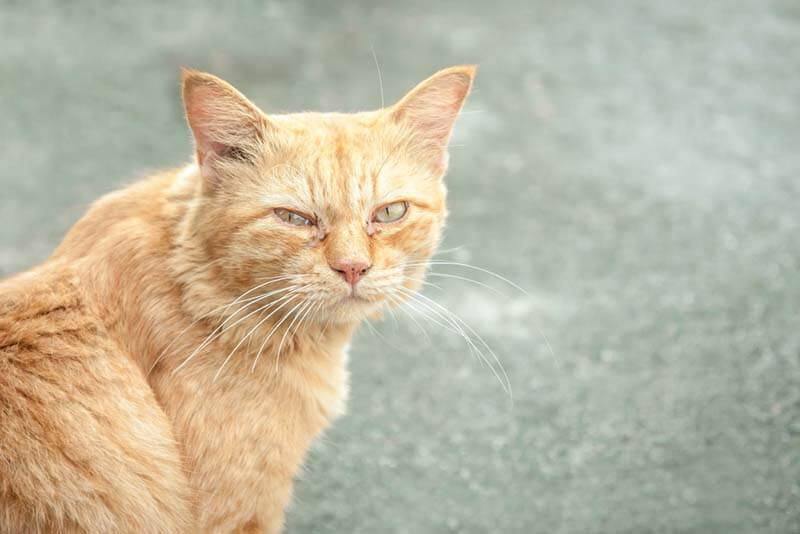
When the cause is in the nasolacrimal canals, then at home the issue cannot be resolved on its own. A qualified doctor will be required to flush the canals and restore the lacrimal openings.
With the development of inflammation, treatment with drops, ointments, antibiotics is necessary. Therefore, it is important to consult a specialist and make a diagnosis. If the discharge began abruptly, the pet is very worried, and there is no way to contact the veterinarian, start treatment with antibiotic drops (Floxal, Tobrex, Levomecithin drops). Drip them 4-6 times a day for at least 7 days. If there is no improvement or if symptoms return after discontinuation of treatment, visit a veterinarian and perform an eye examination.
Prevention
In general, there is no specific prophylaxis for brown tears in cats.
To protect against viruses, vaccination should be carried out, regular helminth treatments should be carried out, feeding norms and a balanced diet should be observed.
It is also necessary to exclude contacts with unknown animals and self-walking.
Do not forget about pet hygiene – it is recommended to wash the tray regularly and do wet cleaning in the house. Do not smoke in the room where the cat lives. Humidify the air and use less aerosols.
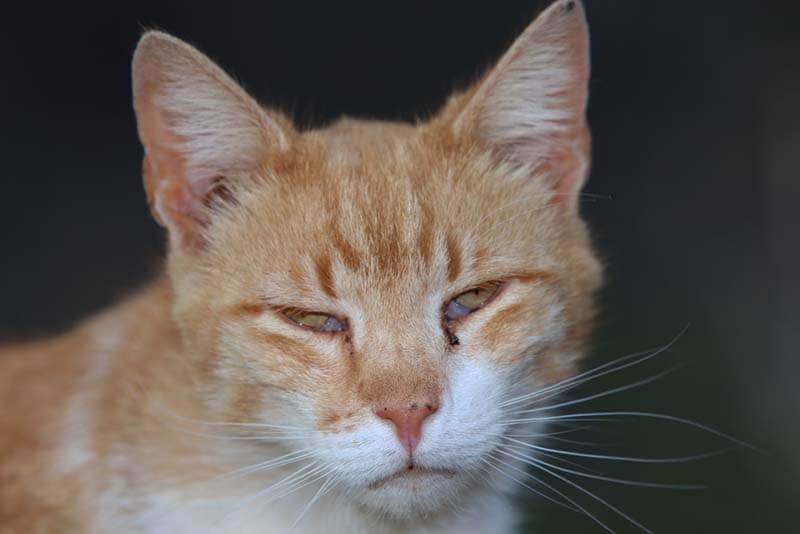
Home
Brown discharge is not always a symptom of the disease.
If the kitten has no other complaints besides discharge from the eyes, the reason is most likely a lack of hygiene. It is necessary to help him wash. To do this, it is enough to wipe the eyes of the baby with a clean cotton swab dipped in warm water.
Only a qualified ophthalmologist can determine the disease and prescribe treatment, so it is important to contact a specialist as soon as possible if there are concomitant symptoms or the condition worsens.
If you are sure that your pet has a disease and there is no way to visit a doctor, use antibiotic eye drops (without hormones and other anti-inflammatory components), avoid contact with other cats, and wipe your eyes regularly.
To prevent diseases that cause dark discharge, it is enough to follow the rules of zoohygiene, feeding norms and regularly vaccinate.
Answers to frequently asked questions



